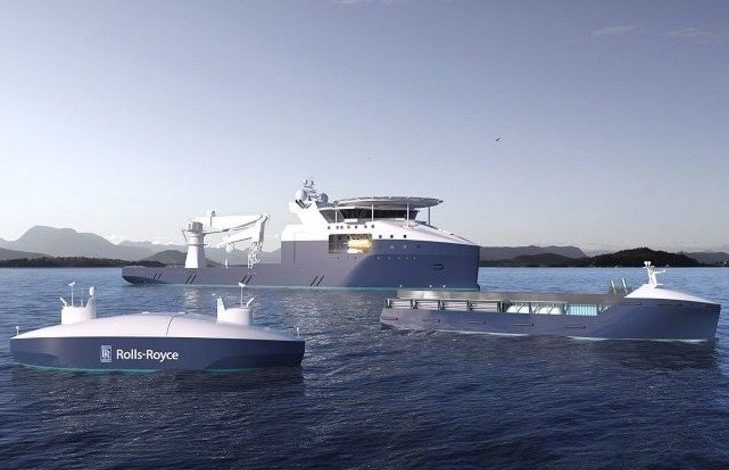Offshore sector shows the autonomous way

Zane Berry from marine surveyors Pirie & Smith identifies what really needs to happen to make autonomous shipping a reality.
Autonomous cars, planes, drones and seagoing ships seem to becoming a reality, from a systems control perspective they are already in operation. From a shipping perspective there are clear benefits of having a global cargo transportation network operating reliably and precisely with minimum human input and in the offshore energy sectors delivery of an automated renewable or fossil fuel marine energy solution.
Whilst technically achievable, the practicalities of delivering these global networks poses a number of difficulties; not least those of legality and security but also of safety. Public confidence being interrelated to the ability of a network to operate without risking life, environment or property, i.e. safely and reliably. Developments in global communications technology and availability appear to be able to deliver autonomous capability when everything is functioning correctly, but the issue slowing down uptake is what happens when it goes wrong.
The consequences of maritime incidents are well recorded and attract much interest from the media and this situation remains with autonomous technology. In order to safely deliver an unmanned super tanker from Oman and Rotterdam detailed analysis would need to be undertaken of the autonomous engineering and control systems as well as their failure outcomes and proposed solutions, failures that may cause the loss of the vessel’s diesel engine or her rudder, control systems or satellite communications link to navigation and traffic control networks. Without engineering barriers and mitigations any of these failures would cause the vessel (based on a current design) to be unable to control her course and position and drift into danger, or potentially drive herself on to the rocks with a catastrophic outcome.
For the last 40 years the offshore oil industry has been leading the way in ‘engineering out’ the risk of hazardous outcomes in the form of dynamically positioned technologies; vessels that drive themselves and are engineered with redundancy and failure modes in mind. When equipment fails, it ‘fails safe’ and the safety of the vessel or her operation is not compromised.
The cost of upgrading any traditional cargo vessel to an extent where any single failure could not result in her inability to operate would be prohibitive. Truly autonomous craft would have to be committed to at the concept stage and so our current world fleet will need to be replaced with new tonnage.
Delivering an autonomous global cargo network maybe achievable but requires a new generation of cargo ships; tankers, containerships, bulkers, etc. Given the conservativism of the marine industry, the need for shipyards to retool and time to deliver it may take 20 years but at some point the concept will be proven and a boom to satisfy the demand for next-gen vessels is inevitable, much the same as the offshore DP shipbuilding boom of the 2000s, boosting the world fleet from thousands to tens of thousands.
There are more modern DP vessels that have already been built that require very little modification in order to be remotely controlled or fully autonomous. But there are pitfalls; the likes of Kongsberg, Rolls Royce, General Electric are vying to own this space but are not equipped to assess the holistic risks of operating in a marine environment.
The offshore industry has traditionally mitigated these problems by engaging independent companies, tasked with assurance and compliance in order to introduce barriers to dangerous or catastrophic outcomes from equipment failure or operator error. The same techniques can be lifted directly to oversee the path to delivery of fully autonomous shipping networks.
Holistic failure mode effect analysis of autonomous vessels, undertaken at the design stage, can be a tool to determine how this technology can be applied. Backed up by system redundancy demonstrations throughout the operating life may allow for greater understanding of how autonomy can be used to deliver its global objectives and determine the technology’s ability to deliver autonomy.
